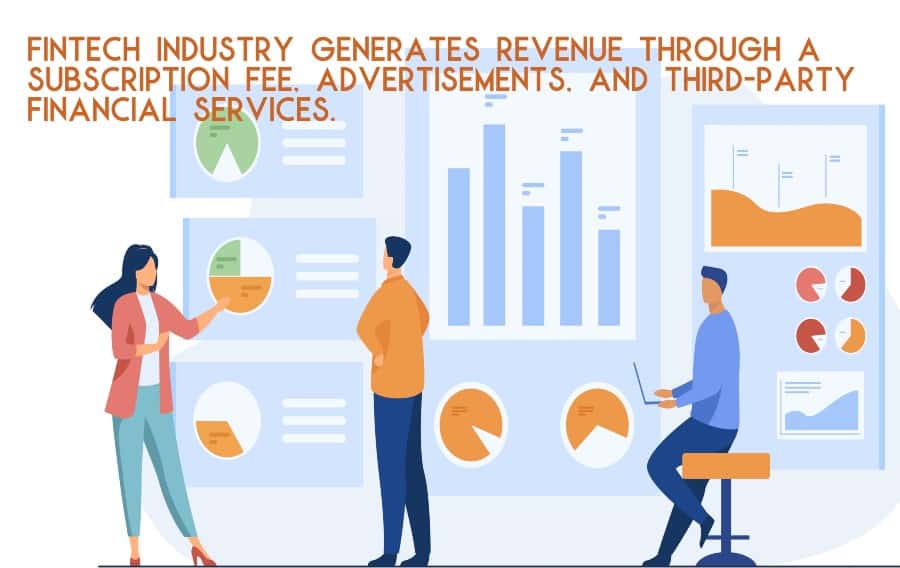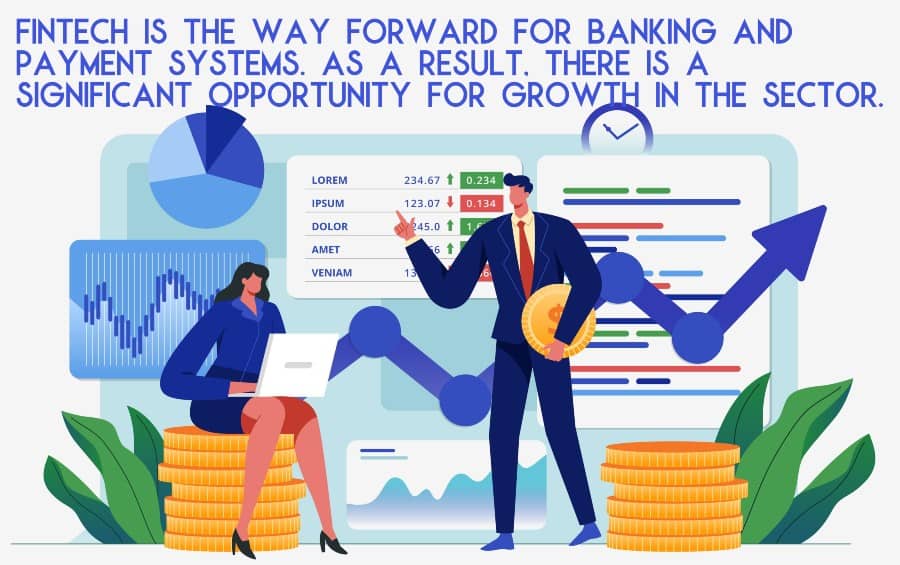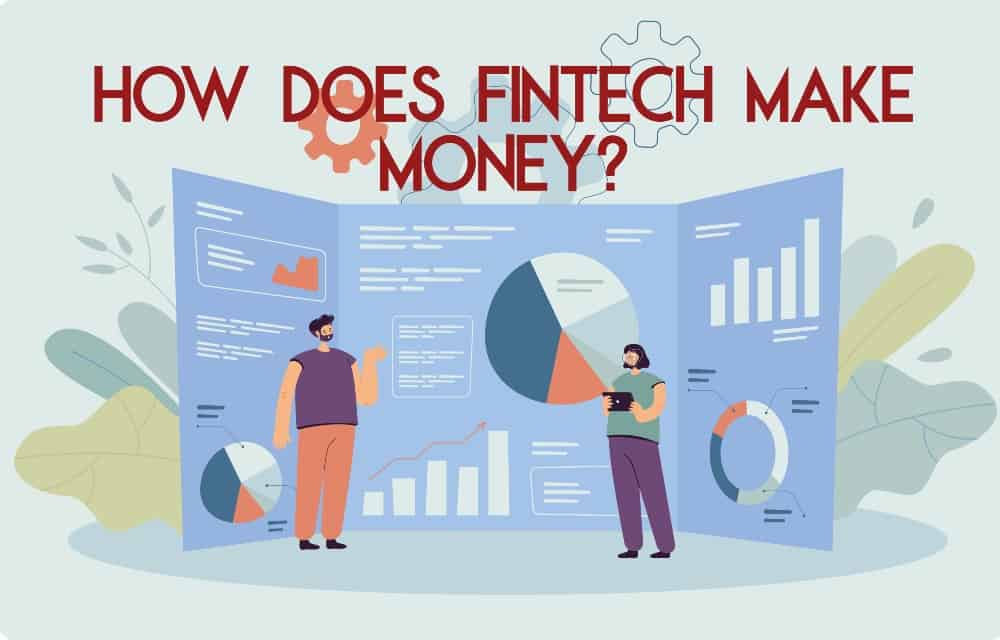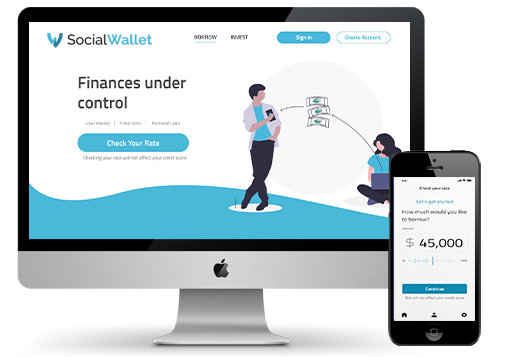Financial Technology or Fintech is making headlines these days, and the reasons are pretty established. Fintech offers a new twist on financial concepts through technological use and advancements. This allows individuals to have more influence on their financial outcomes. Fintech seeks to enhance and automate how financial services are being utilized today.
A very familiar example is the way we manage our finances through mobile payments. With time, the scope of Fintech expanded to include financial education, retail banking, investment management, and other sectors.
Today, we are going digital with services like money transfer, financial planning, borrowing, and insurance. Banking is easily accessible to one and all, and Fintech has paved the way to make all this possible for unbanked and underbanked populations.
The Global Fintech Market is more than $5504.13 billion, driven by a high stake in technology-based solutions. With higher speed and better accessibility, the Fintech platform allows businesses to enjoy complete freedom. This resulted in significant growth in the industry, and thus, a subsequent rise in revenues.
Let’s dig deep into the article to understand how Fintech is making money and what makes its business model successful.
Fintech makes money through third parties, ads, and subscriptions.
What is more interesting about Fintech is financial inclusion and helping users access cost-effective banking solutions. Several Fintech unicorns launched in the last decade, delivering a wide range of financial services, like capital loans, international money transfers, and so much more.
Before jumping on to revenue generation, let’s talk about a few business models put into use by Fintech.

Business Model of Fintech
In the first few years, fintech startups focused on growth rather than profits. However, eventually, every business desires to make a profit. Yet not every business makes money. Nevertheless, a strategic business model can help beginners understand digital transformation in the banking and finance industry.
- Digital Banking: Traditional banking systems rely on manual documentation. With Fintech solutions, users can easily access data at their convenience. In addition, with the ability to access individual and business bank accounts digitally, users are benefitted from reduced rates.
- Alternative Credit Rating Score: Traditional banking systems, even today, face difficulty in credit score assessments. As a result, many self-employed people with a steady source of income are declined loans. To resolve this, several Fintech companies are moving towards a new approach to strengthen customer’s credit score data points, like social signals. By combining different qualitative factors, a better credit score is generated to help lenders make intelligent decisions.
- Insurance Management: Fintech/InsurTech can help determine premiums and eligibility to determine risk assessment factors that do not consider nonspecific factors. Suppose two individuals with the same anatomy and habits are given the same insurance premium. However, one is a fitness freak while the other has an inactive lifestyle, making him prone to diabetes and heart diseases. By considering factors like social signals, medical history, lifestyle, etc., Fintech can assist insurance firms in managing insurance premiums and eligibility effectively.
- Payment Gateways: Payment gateways capture and transfer payment data from the consumer to the recipient through a secured channel. Banks usually incur costs to make such transfers. With Fintech, it is easy to make online transactions through an integrated and cost-efficient online payment channel.
- E-wallets: There has been an increase in digital transactions worldwide. This business model of Fintech allows users to pre-load money into digital wallets to ease the transaction in exchange for goods and services. Especially in the current scenario, this model offers freedom to make contactless payments. These payment platforms earn profits by selling third-party financial services and merchant discount rates (MDR).
Soon, with technology and innovation, cashless transactions seem to be a promising future.
How Fintech Generates Money?
Usually, the Fintech industry generates revenue through a subscription fee, advertisements, and third-party financial services. Let’s understand how these work to generate revenue.

- Subscription Fee: In this monetization model, the revenue is earned directly through the user’s pocket. A subscription fee is charged from the users to use the premium feature offered by the Fintech companies. Free trials are also provided to the users to try a few products before making the payment. Another strategy is to allow users to have free access to a limited number of products and services for an unlimited period. Fintech companies also can charge a flat fee whenever there is a transaction through their application.
- Advertising: Ads are one of the simplest forms to earn revenue. This business model doesn’t require users to pay any subscription fee. Rather, Fintech companies earn by providing space to display ads on their websites and apps. Another way they earn money is by selling user’s data to advertisers. Also, collaborations are an effective way to monetize and promote products & services.
- Third-Party financial Services: this is one of the most efficient business model strategies for Fintech startups. By collaborating with different platforms like health insurance, credit scoring, accounting services, and others, fintech companies direct their users to these third-party services and, in return, receive a certain percentage of the revenue.
- APIs: are a very innovative model to earn revenue. APIs allow Fintech companies to associate with other organizations and share relevant data and information. For instance, if a Fintech company creates an application, it can share it with other organizations that might cut costs. This results in improved productivity and scope.
Fintech is the way forward for banking and payment systems. As a result, there is a significant opportunity for growth in the sector. First, however, businesses and users need to understand the practices and how to avoid being cheated.
If you are searching for creating an online lending platform similar to lending apps, we can help you build a similar one. We have an open-source, peer-to-peer lending software for businesses called SocialWallet.
iScripts SocialWallet will help to create a fintech business similar to Prosper, Kiva, etc. SocialWallet provides both a Web Platform and Mobile App for the end-users.
You can also learn more about the advantages of peer-to-peer lending business, which is becoming increasingly popular. Understand the risks and benefits if you are looking for investment opportunities.
Generally, borrowers and investors are linked via online platforms. This lending process involves online transactions, thus allowing the investor and the borrower to transact using the exclusive online platform.
Whether you’re going to invest in projects or lending money, here are the best choices of top online lending platforms for you.



